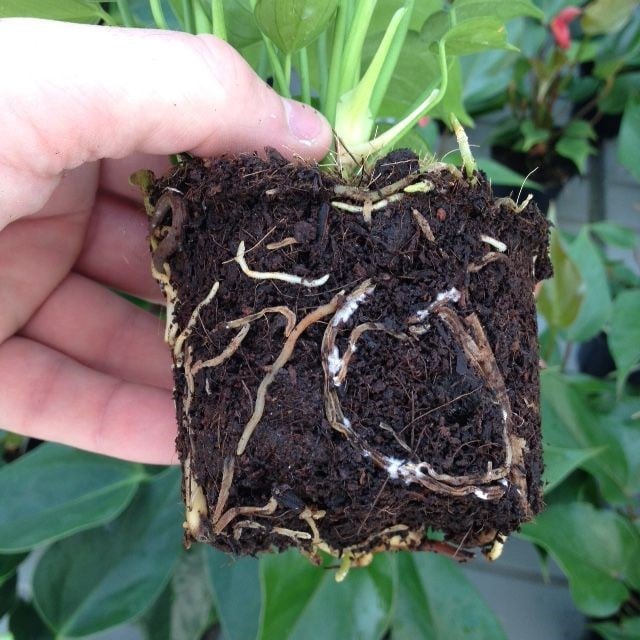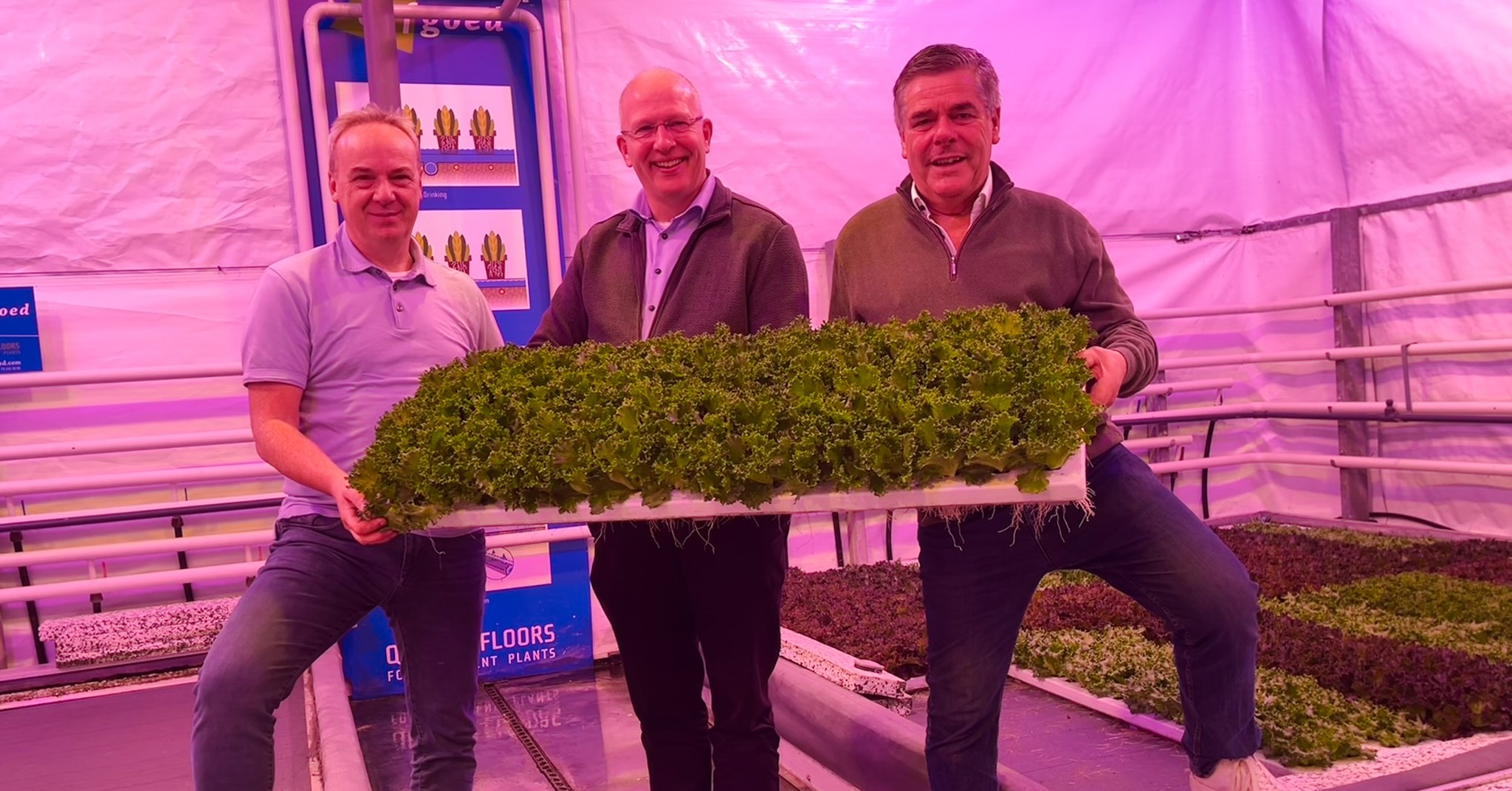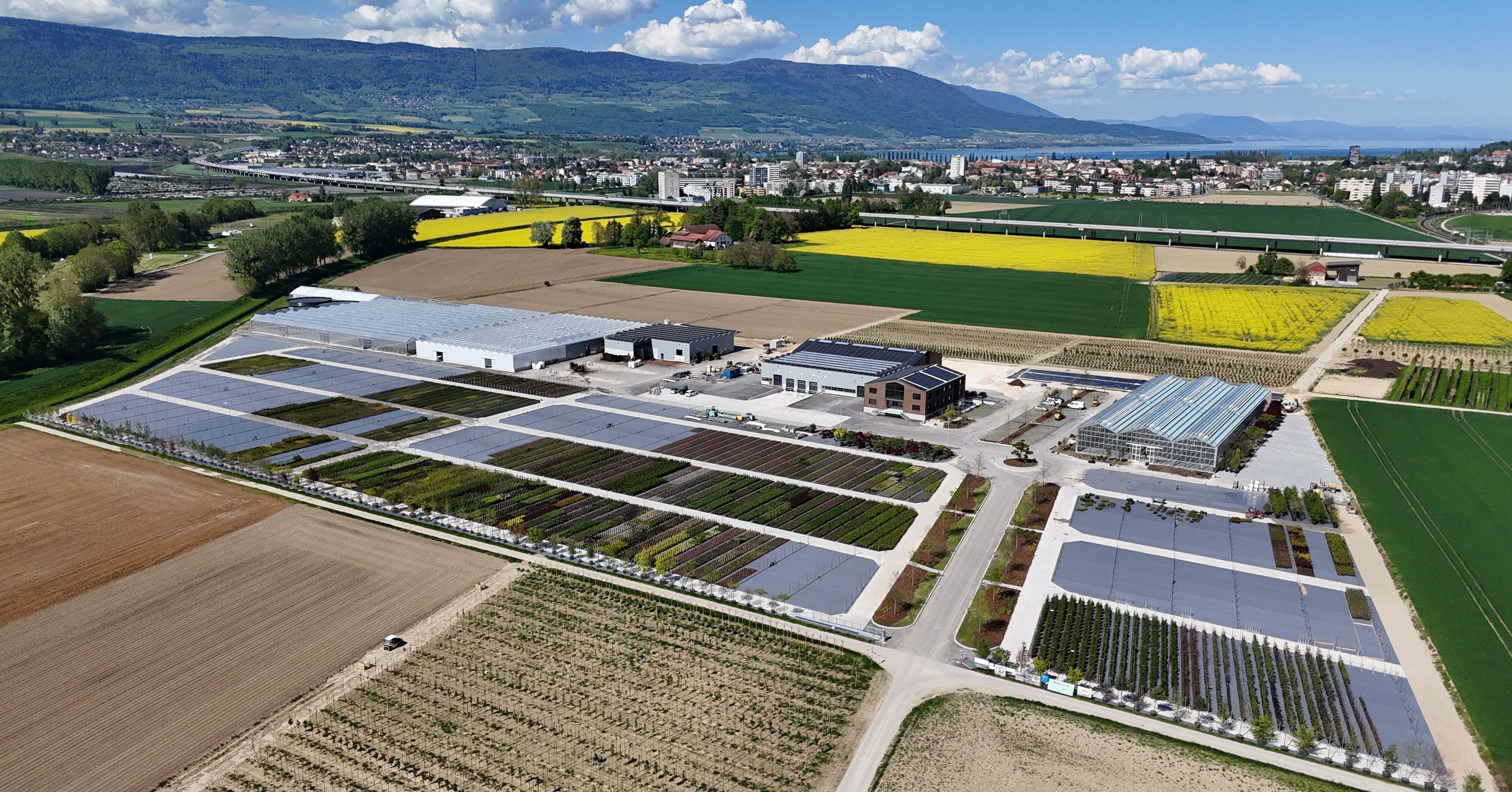- Prefer direct contact? +31 (0)79 593 38 00
- Language: English
Root rot under the microscope: 7 important tips

Root rot under the microscope: 7 important tips
May 10, 2022 9:45:00 PM
Phytophthora, Pythium, Chalara Elegans, Fusarium and Rhizoctonia have one thing in common: these fungi affect the plant's roots. In this case, prevention is better than cure. In this blog, we zoom in on the origin of root rot and the different species that exist. We also give you tips on preventing root rot as a grower.
What is the ideal spot for root rot?
A too wet cultivation soil creates a significant opportunity for root rot. The roots get less oxygen, so they can't absorb nutrition. To go back to our white paper on plant health, the water balance and the assimilate balance become unbalanced.
In a greenhouse, root rot mainly occurs in places where the water does not drain well, and the media remains in the water. This happens, for example, when the soil is saturated. The risk is also greater with some soil types over others. In general, the better the water drains, the lower the chance of root rot.
Do you want to know more about a good environment to prevent root rot? Download this white paper about: 'how to create a resilient plant'.
The leading causes of root rot
Phytophthora
Phytophthora is well known as the potato disease but also occurs in ornamentals. The fungus likes heat and moisture and can be recognized by dark spots on the leaves. The spores germinate quickly when a cold temperature watering causes a temperature shock. As a result, Phytophthora infestation often occurs during cold days/ nights. The spores of Phytophthora form swarm spores, which can quickly spread through water and splashed soil particles.
Pythium
Pythium is a fungus that primarily targets young and weak plants. The first characteristics of Pythium are visible in the roots, which then turn brownish-black. This means that nutrients can not be taken up, and the leaves will also start to discolor. The fungus spreads incredibly quickly in moist environments and high temperatures.
Chalara elegans
Chalara elegans is a fungus that mainly strikes when cultivation conditions are unfavorable. The fungus can be airborne. It causes brown-black spots at the roots, and later stages cause the roots to rot. Problems usually arise during cool days.
Fusarium
Fusarium is a soil fungus that enters through the roots. Symptoms are often not visible until the plant is already severely affected. The roots turn black and then die.
Rhizoctonia
Rhizoctonia is a soil fungus that causes a dark brown rot of the root and root collar. Plants will wilt, followed by the death of the leaves. The fungus remains present in the soil or plant residues for a long time.
How to prevent root rot? [7 tips]
Affected roots can be cut away when repotting, but of course, this is not an option for you as a commercial grower. It is best to keep your plants free of root rot. To this end, we would like to give the following advice:
1. Focus on plant health
A resilient plant is less likely to be 'attacked' by fungi. In our white paper on plant health, we discuss the effect of specific actions on plant health. Techniques can help to empower the plant.
Or as Peter Geelen, one of the authors of the book 'Plant Empowerment', points out:
"In the past, the emphasis within horticulture was mainly on the technique. With Plant Empowerment, we shift the focus to the plant. This results in better yields and a more sustainable way of growing. In short: a win-win situation!"
2. Prevent plant damage
Try to prevent plants from having root or leaf breakage. Plant damage creates entry points for fungi. If such invasion gates occur, it is important to deal with them properly.
3. Good drainage
In places where the pots are standing in the water, the chance of root rot is high. Here you can see a video about the drainage of a cultivation floor. Vertical drainage prevents puddles from forming on the floor. This minimizes the chance of root rot. Even with a healthy plant that sits continuously in the water, the roots will suffocate, and root fungi get more chances to attack.
4. Good water quality
To reduce pathogens in the water, the water must be as unattractive as possible to fungi. This can be done, for example, by moving the water (in the silo or pond). Because of the movement, air is added to the water; this has a cleansing effect. This way, pathogens have less chance to reach the plant's roots through the water.
5. Ventilate well
Too little ventilation can cause root rot. A proper ventilation system is therefore important. Moisture is then adequately removed, so the plant doesn't stay wet, and fungi are less likely to pop up.
6. Scout regularly
Root rot can quickly spread through the greenhouse, and plants can infect each other. Make sure that if you have a sick plant at an early stage, you remove it or take action to prevent root rot in other plants.
7. Optimal hygiene
If you have had problems with root rot, you do not want it to bother you again the next time you grow a crop. Therefore clean the greenhouse carefully. You can read more about this in our hygiene protocol. Also, throw away sick plants (including the pot), preferably in a sealed container. And treat the plants that were near the sick plant to prevent spread.
More information about plant health? Download the whitepaper for FREE.






